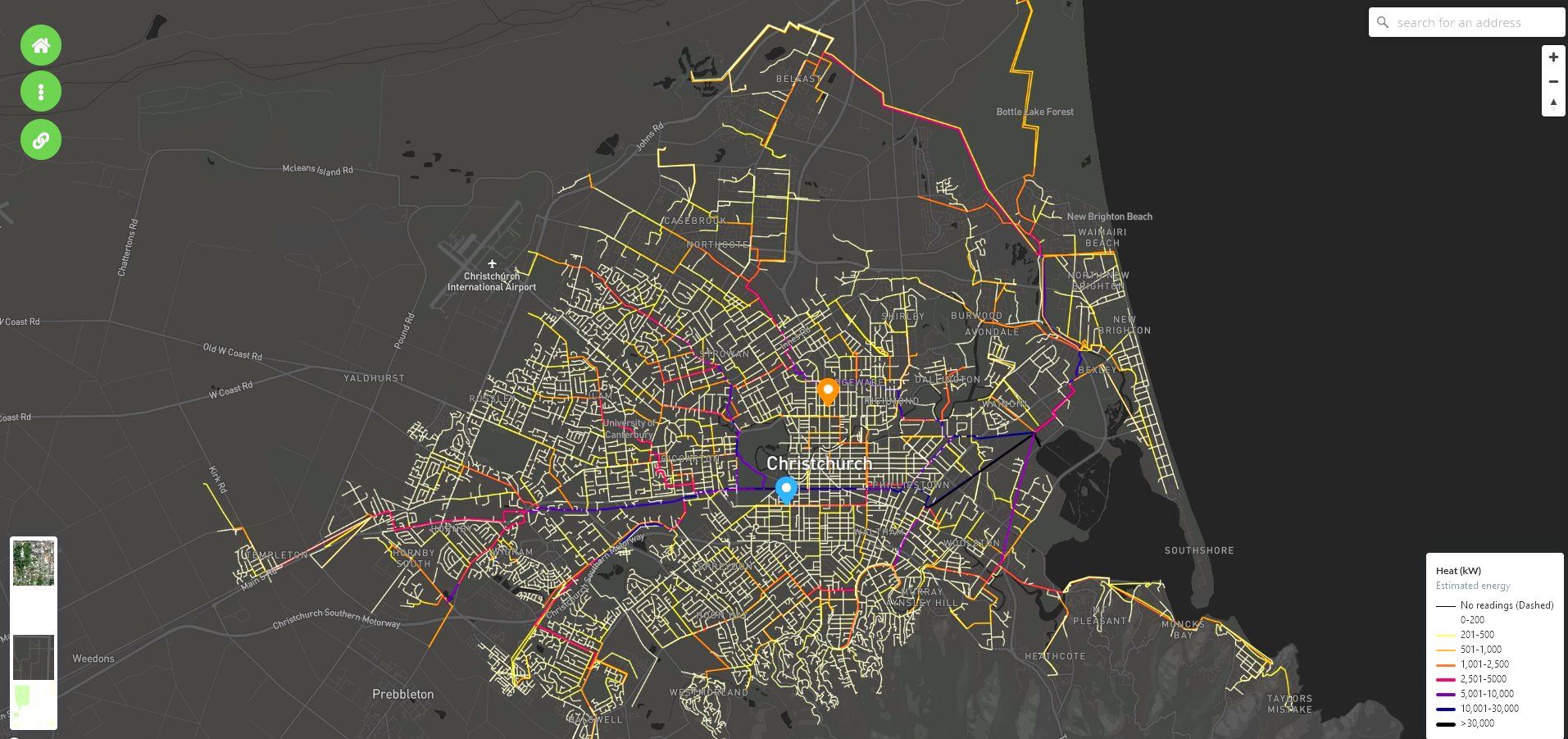Unlocking the Potential of Sewer Thermal Energy for Wastewater Heat Recovery
Unlocking the Potential of Sewer Thermal Energy for Wastewater Heat Recovery
As the world seeks innovative ways to reduce carbon emissions and improve energy efficiency, one often-overlooked resource is gaining attention - Sewer Thermal Energy. Wastewater, which constantly flows through sewer systems, holds an immense amount of thermal energy that can be harnessed to heat and cool buildings, reducing reliance on fossil fuels and lowering energy costs.
What Is Sewer Thermal Energy?
Sewer Thermal Energy refers to the heat contained in wastewater, including residential, commercial, and industrial effluents. This energy comes from showers, dishwashers, washing machines, and industrial processes, maintaining relatively stable temperatures throughout the year. With the right technology, this heat can be recovered and repurposed for sustainable heating and cooling applications.
How Wastewater Heat Recovery Works
The process of capturing and utilizing sewer thermal energy typically involves the following steps:
- Heat Exchange: A heat exchanger extracts warmth from the wastewater.
- Heat Pump Integration: A heat pump upgrades the extracted thermal energy to a usable temperature.
- Distribution System: The recovered heat is distributed to buildings for space heating, domestic hot water, or industrial processes.
- Cooling Applications: In warm months, the same system can be reversed to remove heat from buildings, transferring it to the sewer system.
Benefits of Sewer Thermal Energy Recovery
- Energy Efficiency - Wastewater temperatures are relatively stable, offering a reliable heat source.
- Lower Carbon Footprint - Reducing the need for fossil-fuel-based heating and cooling systems.
- Cost Savings - Decreased reliance on traditional energy sources translates to long-term financial benefits.
- Scalability
- Can be applied to residential buildings, commercial properties, and industrial facilities.
Real-World Applications
Cities across the globe are already implementing sewer thermal energy projects. For instance, Vancouver, Canada has integrated a wastewater heat recovery system in its False Creek neighborhood, significantly reducing greenhouse gas emissions. Another large scale sewage thermal energy system has just started in Toronto, Canada. It is used to heat and cool a hospital. Similarly, European countries like Switzerland and Germany are investing in large-scale wastewater heat recovery initiatives. In the US, there are two systems in Washington DC currently in operation and a new system is going "online" in Seattle, Washington.
Future of Sewer Thermal Energy
With increasing urbanization and the push for sustainable energy solutions, wastewater heat recovery is poised to become a key component of modern heating and cooling strategies. Innovations in heat pump technology and smart energy systems will further enhance the feasibility and efficiency of sewer thermal energy recovery. By tapping into the power of wastewater, cities can create a more sustainable and resilient energy infrastructure, paving the way for a greener future while also providing economic benefits to industries and communities.
Connect with the Experts at STEN
Do you want to do more to help the world utilize clean energy, but don't know where to begin? The
Sewer Thermal Energy Network is here to help you get started. As a member of STEN, you’ll join a group of the most influential professionals in the industry - leaders and decision makers who are working together to shape the future of sewer heat recovery solutions.
We invite you to send a message to begin a conversation that will give you the answers you need.


